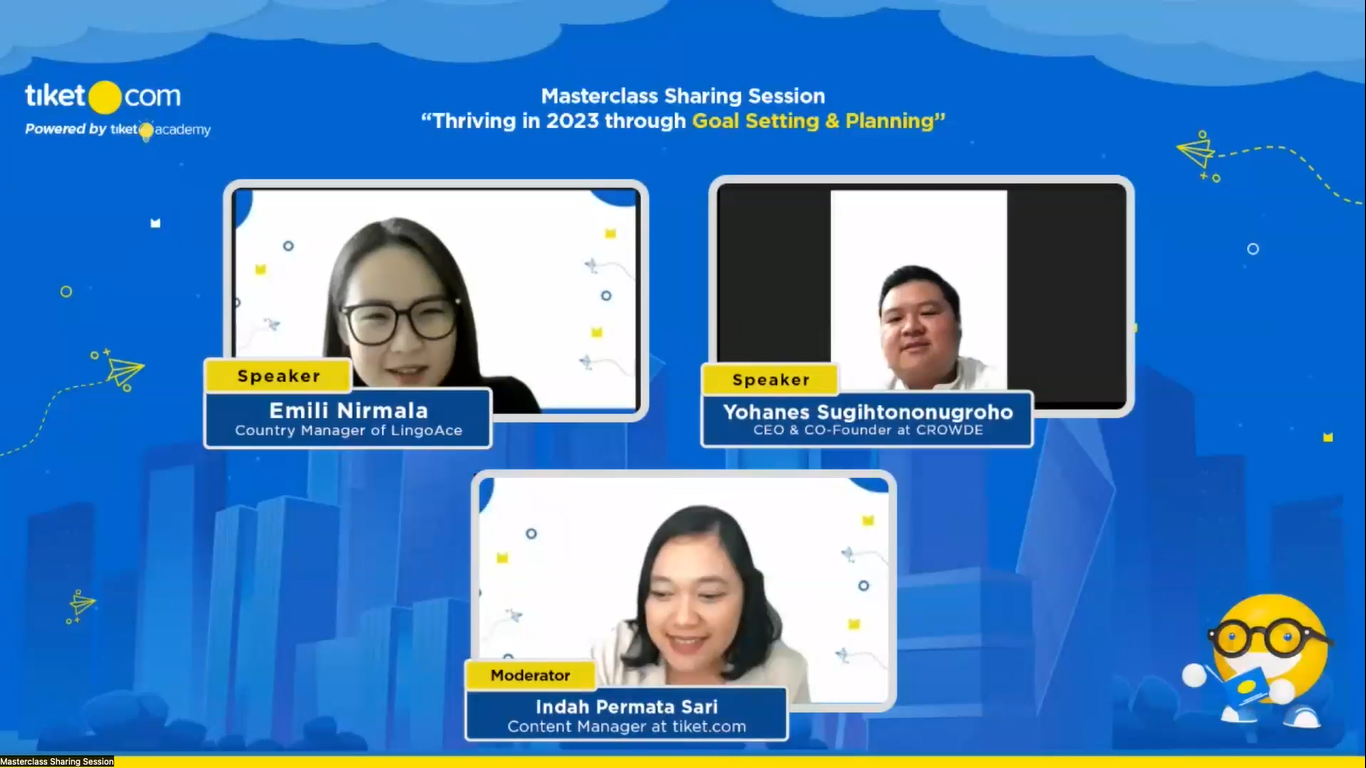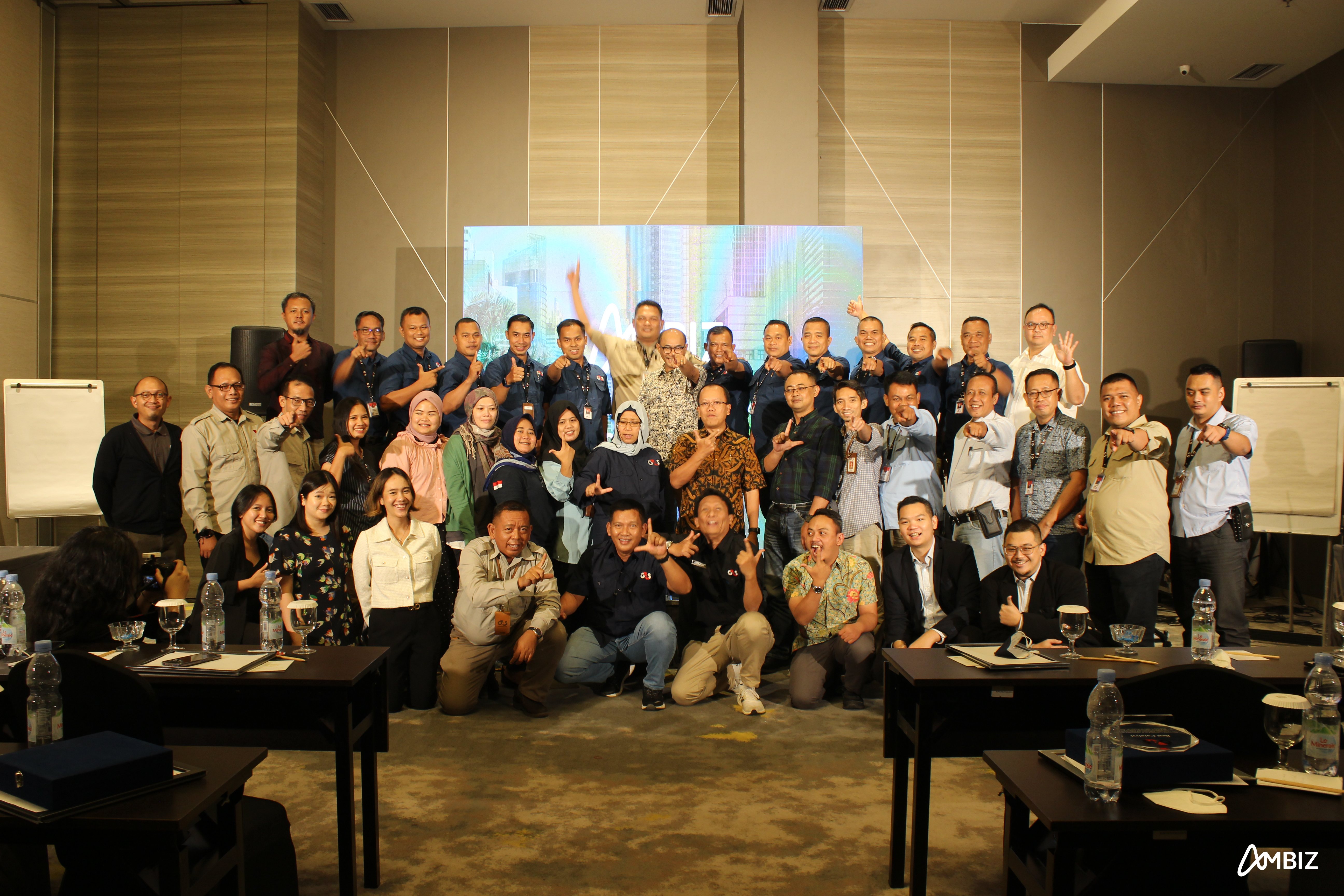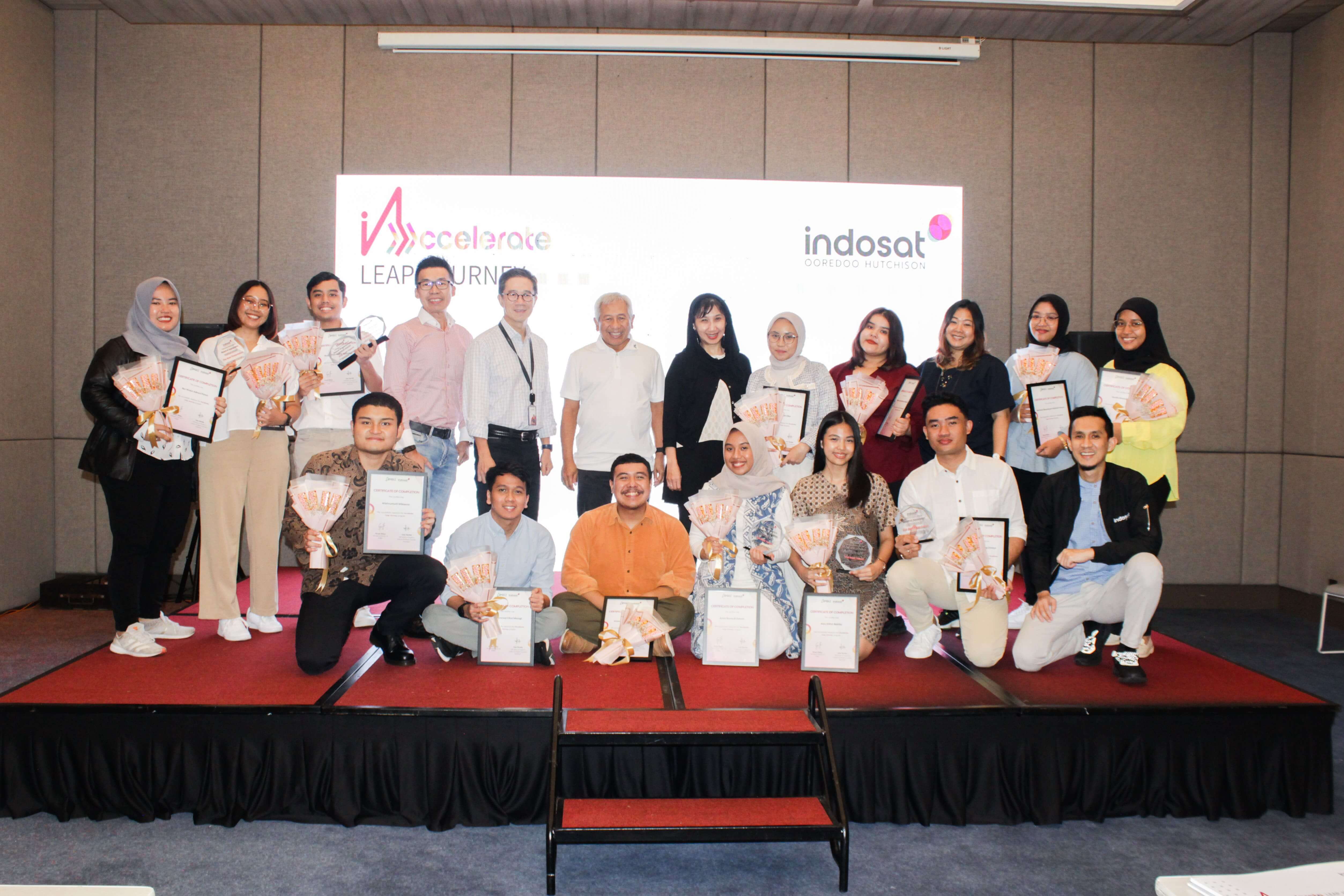OUR
STORIES
Utilizing Webinars to Help Improve
tiket.com Employee Engagements amidst Webinars Fatigue
Have you ever felt exhausted, and you've just wasted your time after attending a
webinar? Don’t worry, you are not the only one experiencing this feeling. Multitudes of people are
experiencing this feeling as well. This feeling is called webinar fatigue, a phenomenon that occurs
to people that frequently attend webinars. Discover how we help improve the employee engagement of
one of the largest multinational travel companies using webinars amidst the high prevalence of
webinar fatigue.
Webinar fatigue is real. The feeling of disappointment and
exhaustion you feel after attending an unengaging, unorganized, and uninspiring webinar is some of
the symptoms you feel when you experience webinar fatigue.
Since the COVID-19 pandemic started, many companies have shifted how they
train and develop their employees. One of the most frequently used methods amid this shift is the
transition from offline seminars to webinars.
At first, webinars seem like something new and exciting for many people.
However, as time passes by and the more you experience it. Even hearing the word webinar can be
dreadful to some people.
That is why when the learning team of tiket.com engaged with our consultant
to ask for our help in improving their employee engagement through webinars, we took it as a
challenge we must conquer.
The importance of choosing relevantly
interesting topics
To conquer this challenge, we first must understand why
webinar fatigue occurs. One of the driving causes for someone to experience webinar fatigue is
attending webinars with irrelevant subjects to their interest.
Most companies decide on webinar topics without considering the interest of
their employees. The lack of consideration when making this decision leads employees to feel like
they were forced to attend the webinar. This feeling of being forced leads them to half-heartedly
attending the webinar and becoming passive audience in the event. This passive participation leads
them to learn almost nothing from the webinar and creates a sense of dissatisfaction with the event,
which further lowers their interest in attending future webinars.
So, to combat this problem, we must ensure that the webinar topic we have
chosen is aligned with the interest of the employees that will participate in the event. We conduct
primary and secondary research on the employee’s interests to do this. Collecting as much data as
possible, whether qualitative or quantitative, is essential in understanding what interest the
employee of this organization. Through this primary and secondary research, we managed to choose
topics that are interesting for the employees in the organization.

Interactivity is the key to engagement
The second cause of webinar fatigue is the lack of
interactivity between the audience and the event. Most webinars consist of a typical lecture that
only provides 15-30 minutes time span for the audience to ask questions and interact with the
speaker. This type of webinar is boring and discourages the audience to engage with the event.
One of the ways that we do to overcome this challenge is to incorporate a mini-game throughout the
webinar. Incorporating the mini-game into the webinar create anticipation, interactivity, and
engagement between the audience and the event. This leads to a feeling of engagement and
meaningfulness for the audience that attends the event, encouraging them to be more active further
down the event.
One of the ways you can use to incorporate mini-game you can create a simple list of questions
related to the main topic of the event. You can then import those questions to interactive learning
platforms such as Kahoot, Mentimeter, Sli.do, etc. and then use them to create joint activity
between speaker and audience during the event.
Content quality narrates whether a webinar is considered good or
bad
The third cause might seem like a no-brainer, but you would
be surprised at how many companies are making this mistake. The third cause is poor-quality content.
Here we’re talking about speakers who lack experience on the topic, presentation materials that are
unappealing to the eyes, speakers and operators with slow internet connections, lack of
preparations, etc.
Imagine you are excited to attend a webinar with a topic you are interested in. However, when you log
into your account and get into the webinar room, the speaker looks unpresentable, the presentation
materials are unengaging, the operator has a poor internet connection, and the overall content
quality of the webinar just seems unpresentable. This kind of incident must make you feel frustrated
and disappointed because your expectations are not met. So, what do you do at this point? You
probably decided to move on with your life and do something else entirely while not paying attention
to the event, and by the end of it, you felt like you’ve just wasted your time, and you swore to
never attend another webinar in the future.
That’s why you need to ensure that everything that you provide in the webinar is of high quality.
There are three things that we did to ensure that everything we provide in the webinar is of high
quality.
-
The first is to conduct research in choosing the speaker, ensuring that the speaker that we
choose is someone with ample experience in their field and has been proven to provide
high-quality work in a previous webinar is essential.
-
The second thing that we did is to ensure that the computer and the internet connection of
the webinar main operator is of adequate quality. To do this we make sure that the computer
specification of our main moderator has met or even surpass the recommended requirements
specification provided by the webinar platform we’re going to use. Furthermore, we also
ensure that the internet connection of our main moderator has met the recommended
requirements provided by the webinar platform we’re going to use.
-
The third thing that we did is to ensure that the webinar event runs smoothly. To do this, we
conduct multiple rehearsals before the day of the event, figuring out possible problems and
how to eliminate them. So, on the day of the event, if something were to go wrong, we
wouldn’t be too surprised and already have the best practice to deal with them.
Timing is everything
Finally, the most elusive cause of webinar fatigue is
improper timing. Many companies failed to consider the fact that the last thing employees wanted to
do was to attend a webinar right after their back-to-back meetings. Even the most interesting,
interactive, and engaging webinar would seem dreadful if you’re forced to attend it right after your
back-to-back meetings.
The execution of tiket.com Masterclass Sharing Session
resulted in:
150%
exceeded the targeted participants for the
event
the event to their peers










